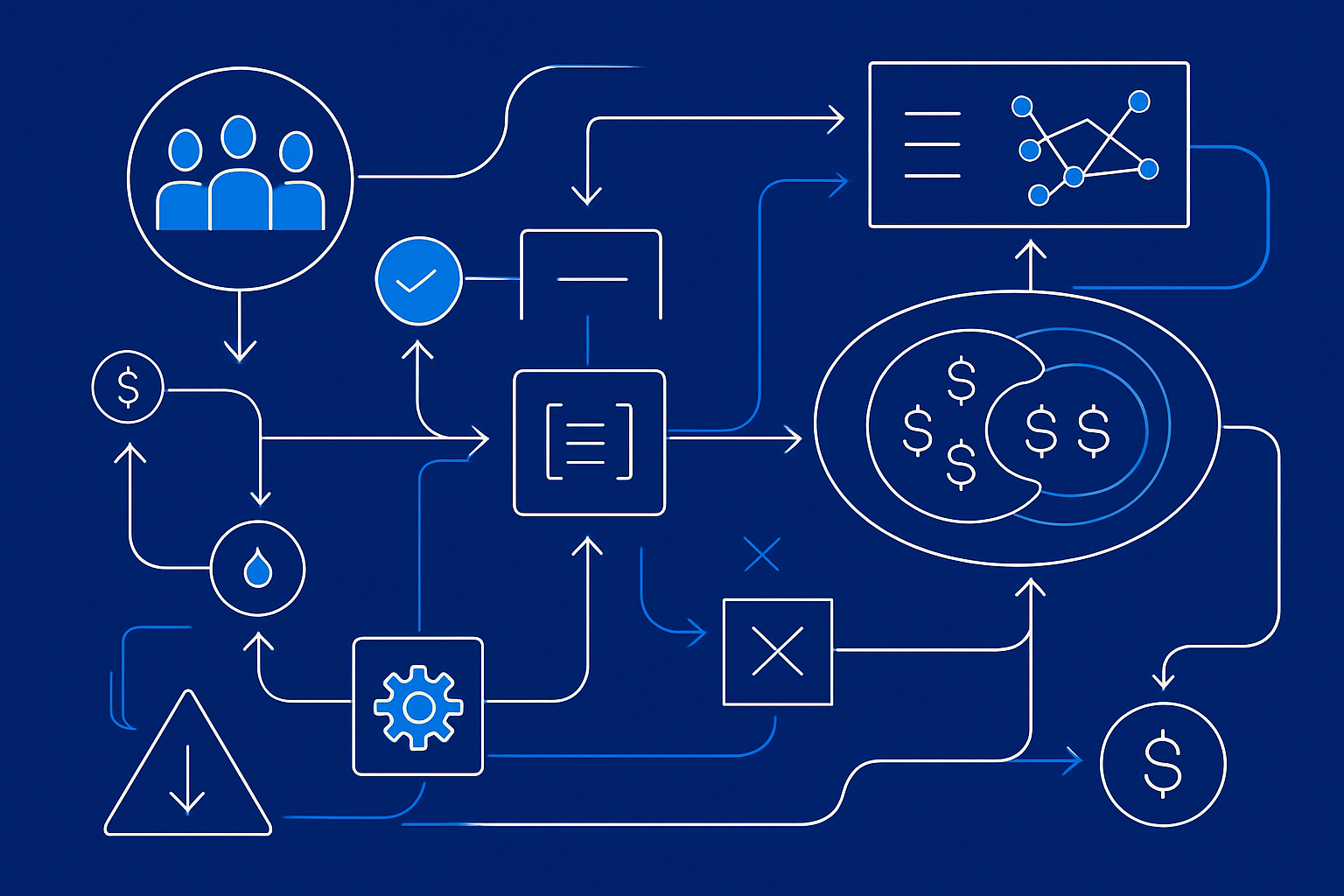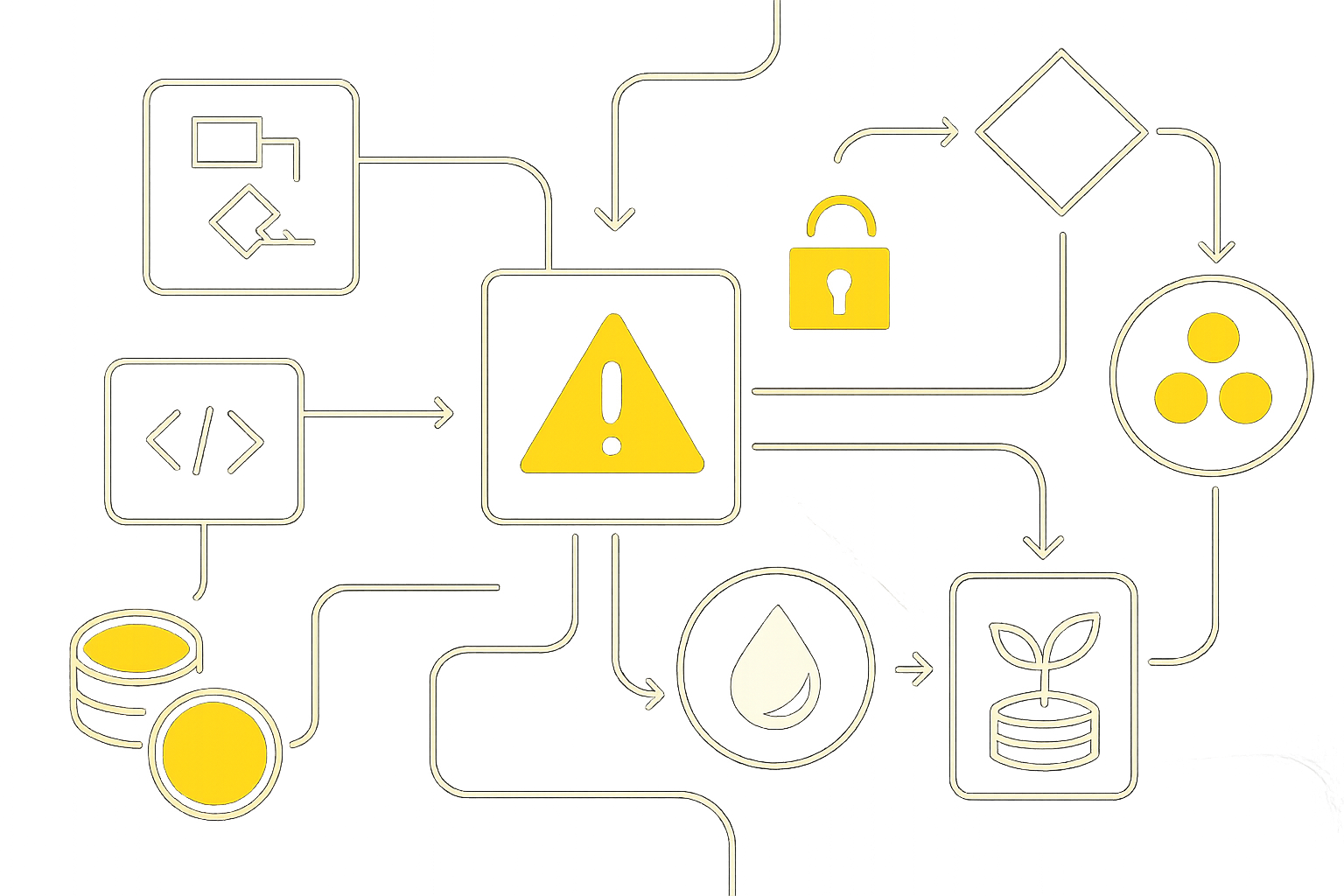
As decentralized autonomous organizations (DAOs) mature, the demand for robust confidentiality and verifiability in governance processes has never been higher. Traditional blockchains, while transparent and auditable, struggle to provide the privacy guarantees that sensitive DAO operations require. Enter Verifiable Oblivious Maps (OMaps): a cryptographic breakthrough enabling DAOs to manage private shared state without sacrificing transparency or trust. In this 2025 guide, we’ll dissect how OMaps are fundamentally reshaping the privacy landscape for confidential DAOs.

Why Confidential State Matters in DAOs
The core promise of DAOs is decentralized governance, but this often comes at the cost of privacy. Sensitive operations like anonymous voting, private payrolls, or secure member authentication can expose critical data if not properly protected. For instance, revealing individual votes undermines democratic integrity and increases risks of coercion or bribery. Similarly, public on-chain payrolls can leak salary information, damaging morale or competitive positioning.
The market’s response has been clear: solutions must balance the openness of blockchain with advanced cryptographic privacy. OMaps answer this call by integrating two powerful primitives:
- Sparse Merkle Trees (SMTs): Provide succinct proofs that data is included in a set without revealing the entire dataset.
- Oblivious RAM (ORAM): Hides access patterns so observers cannot infer which records are being read or written.
The Mechanics of Verifiable Oblivious Maps
An OMap acts as an encrypted key-value store where both data and access patterns remain confidential. When a DAO interacts with its state – say, recording a vote or updating payroll – OMaps ensure that no outside party can deduce what was accessed or modified. At the same time, SMT-based proofs allow any stakeholder to verify that operations were performed correctly and honestly.
This dual guarantee is crucial for DAOs seeking both regulatory compliance and community trust. For example:
- Confidential Voting: Each vote is written to an OMap; zero-knowledge proofs confirm eligibility and correctness without exposing voter identities or choices.
- Private Payroll: Payment instructions are stored in an OMap; only authorized parties can read salary details while auditors verify payment legitimacy through verifiable proofs.
- Member Authentication: Credentials are managed privately within an OMap; access attempts are logged and verified without leaking membership lists.
Tackling Access Pattern Leakage: The Silent Threat
A less discussed but critical vulnerability in traditional private smart contracts is access pattern leakage. Even if data is encrypted on-chain, repeated access to specific records can reveal behavioral patterns – such as who votes when or which payments are made most frequently. Adversaries can correlate these patterns with off-chain events to undermine privacy guarantees.
TACEO OMap, among other leading implementations, addresses this by randomizing memory accesses through ORAM techniques while maintaining efficient proof generation via SMTs. This means that even sophisticated attackers monitoring blockchain activity cannot distinguish between benign reads and sensitive updates.
The Evolving Landscape: From Research to Real-World Deployment
The transition from academic prototypes to production-grade DAO privacy solutions has accelerated rapidly since 2024. Influential research from arXiv and ACM Digital Library highlighted practical advances in oblivious maps for secure enclaves and encrypted databases. Now, platforms like BuilderNet leverage trusted execution environments (TEEs) alongside OMaps for scalable confidential computation on-chain.
At the protocol level, these innovations converge to empower DAOs with a new class of cryptographic governance tools. Confidential state management is no longer theoretical. In 2025, DAOs have access to verifiable oblivious map services that integrate seamlessly with existing smart contract frameworks, enabling private shared state without sacrificing auditability. The result: confidential DAOs can support sensitive workflows, such as proposal voting, treasury disbursements, and membership changes, while providing cryptographic guarantees that all operations are both correct and compliant.
Real-World DAO Use Cases for Verifiable Oblivious Maps (2025)
-
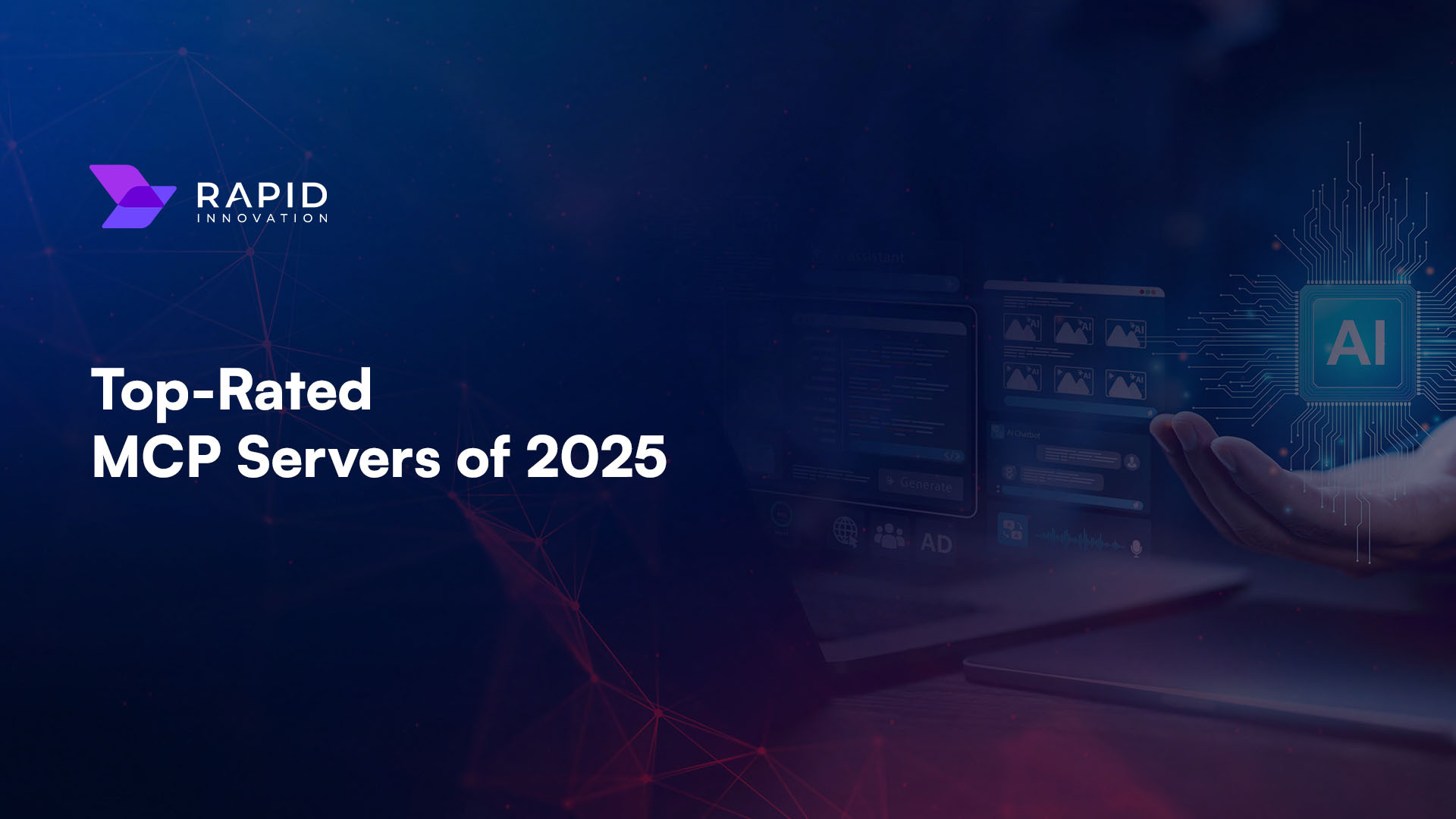
Confidential Voting in Aragon DAOs: Aragon has integrated verifiable oblivious maps to enable truly private voting. Members can cast votes anonymously, while results remain auditable and tamper-proof, addressing both privacy and transparency concerns.
-
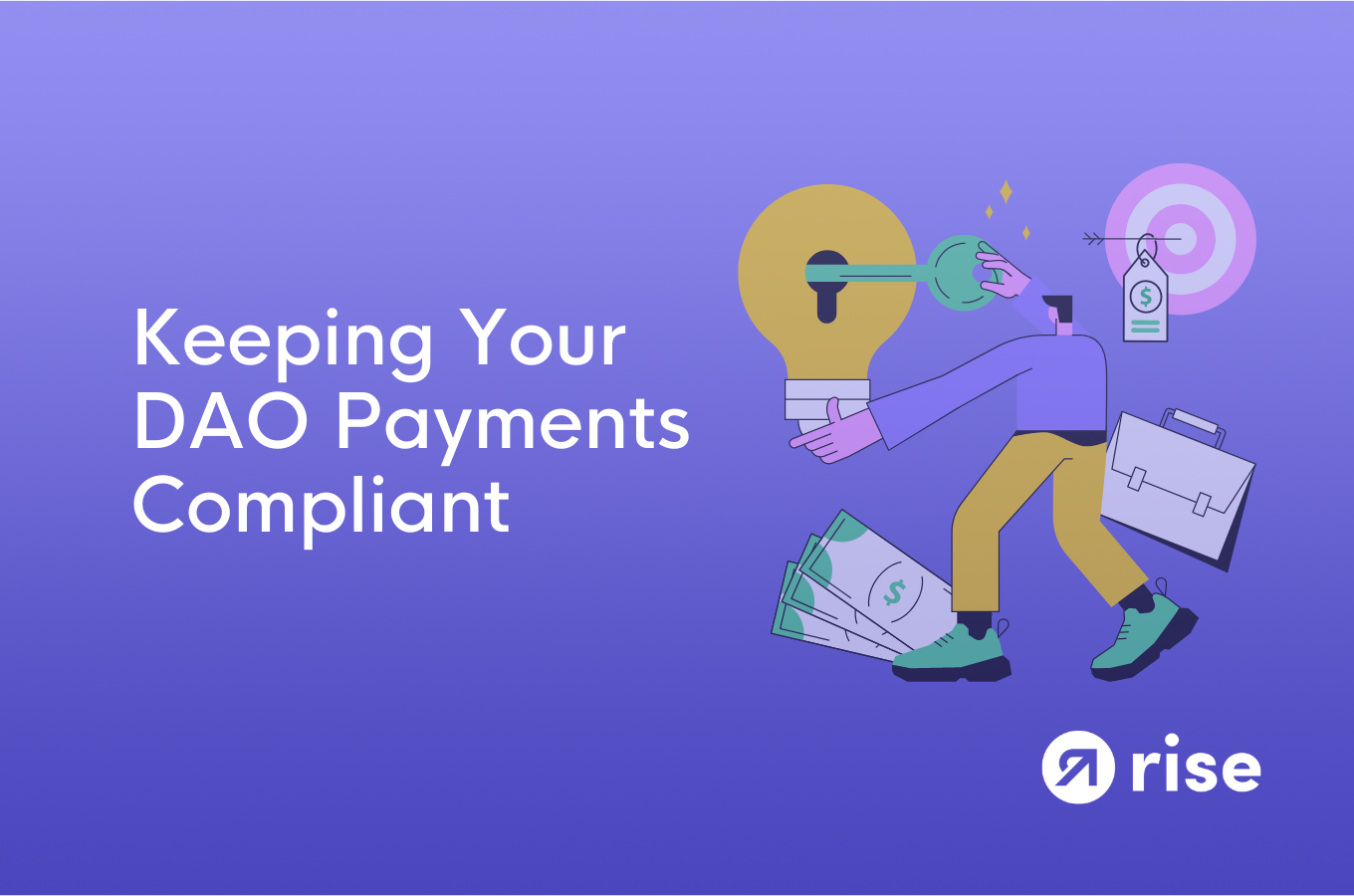
Private Payrolls on Gnosis Safe: Gnosis Safe leverages OMap-based confidential state to process payrolls for DAOs, ensuring that individual compensation details remain private while allowing on-chain verification of payments.
-
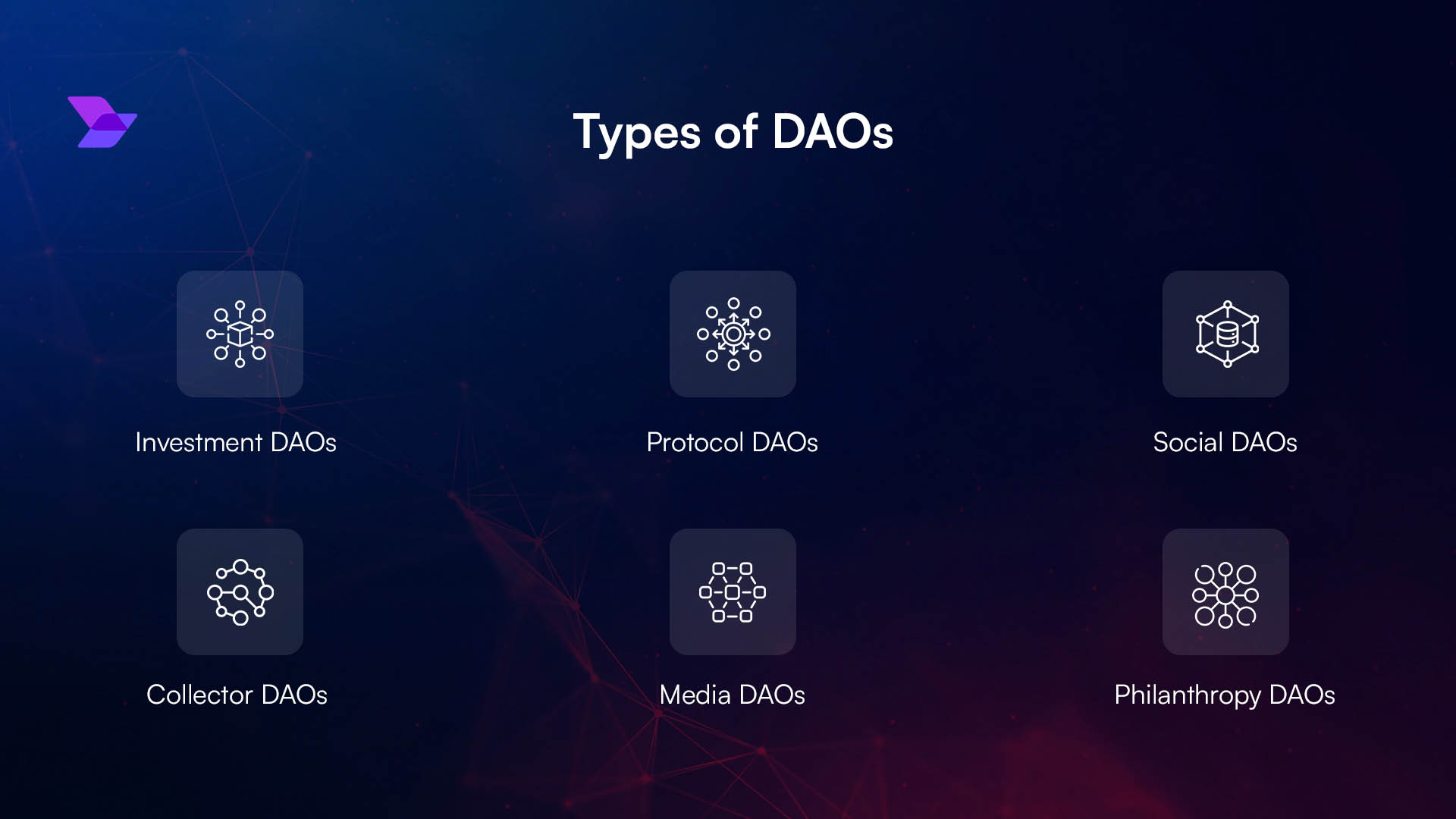
Secure Member Authentication in DAOstack: DAOstack uses verifiable oblivious maps for private member authentication, enabling DAOs to verify contributors’ credentials without exposing sensitive identity data, thus reducing risks of doxxing and social engineering.
-

Private Proposal Management in Taceo-Powered DAOs: Taceo provides OMap infrastructure for DAOs to submit, discuss, and vote on proposals confidentially, maintaining privacy around proposal authorship and voting patterns while ensuring verifiability.
-

Decentralized Private Grants via Gitcoin: Gitcoin is piloting OMap-based confidential grant disbursements, allowing DAOs to allocate funding privately while maintaining auditable records for compliance and transparency.
One of the most compelling outcomes is the rise of private, auditable voting systems. By leveraging zero-knowledge proofs on top of OMaps, DAOs can invite members to participate in governance without fear of retaliation or exposure. This not only strengthens democratic processes but also increases participation rates and trust within communities. Similarly, confidential payrolls, once a pain point for transparency-focused organizations, can now be processed on-chain while keeping individual compensation hidden from public view.
Industry adoption is accelerating. According to recent reports from key research groups and platforms like core. taceo. io, confidential DAOs are already piloting these solutions across sectors ranging from decentralized finance (DeFi) to social impact collectives. Early case studies indicate measurable improvements in both privacy assurance and operational efficiency.
Key Challenges and Future Directions
Despite these advances, several challenges remain for broad adoption. Performance overheads introduced by ORAM techniques can impact transaction throughput if not carefully optimized. Interoperability between different privacy layers, such as those offered by TEEs or Layer 2 rollups, requires further standardization to ensure seamless integration across DAO tooling ecosystems. Additionally, educating DAO participants about the nuances of cryptographic proofs and privacy guarantees will be essential for informed governance.
The next wave of innovation will likely focus on usability and scalability: simplifying developer integrations via robust SDKs, reducing proof sizes for faster verification, and expanding support for multi-party workflows such as collaborative proposal drafting or cross-DAO coordination, all while maintaining rigorous confidentiality standards.
Practical Steps for DAO Builders in 2025
If you are designing or upgrading a confidential DAO this year, consider the following best practices:
- Assess your threat model: Identify which operations require privacy (e. g. , voting, payroll) and choose an OMap implementation that aligns with your needs.
- Integrate verifiable proofs: Ensure that every confidential action can be independently verified by stakeholders through succinct SMT-based proofs.
- Test for access pattern leakage: Simulate attack scenarios to validate that your chosen ORAM setup effectively obfuscates access patterns under realistic loads.
- Educate your community: Provide transparent documentation on how privacy is preserved and what guarantees users can expect when participating in governance or financial workflows.
The ecosystem’s momentum toward robust cryptographic governance is unmistakable. As verifiable oblivious maps become standard tooling for confidential DAOs in 2025, expect continued progress at the intersection of transparency and privacy, a balance once thought impossible but now within reach thanks to ongoing research and rapid innovation.

